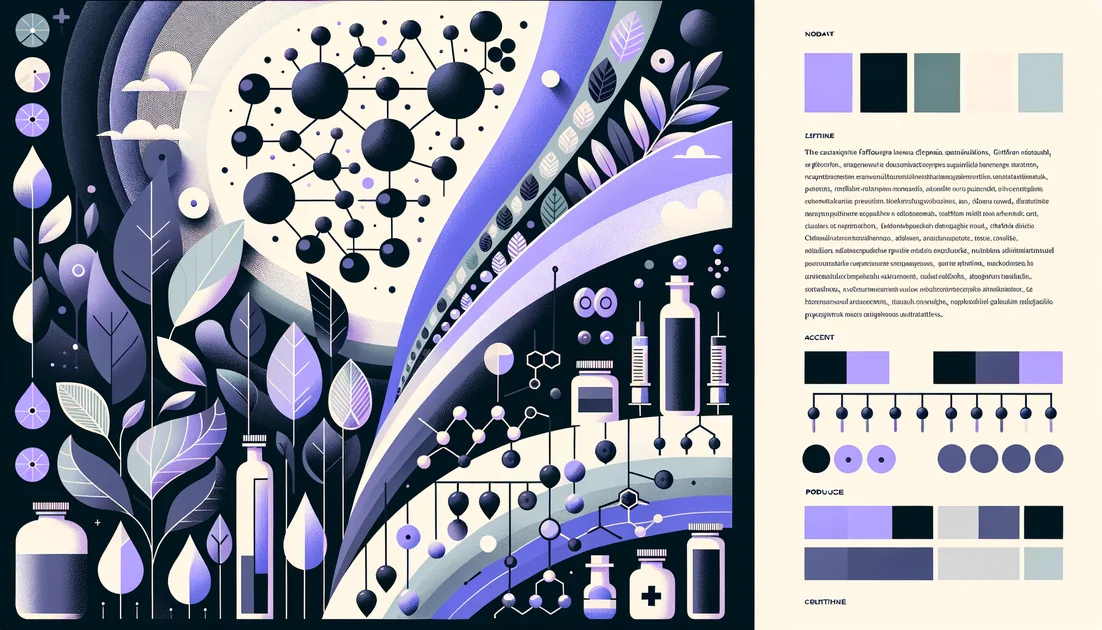Articles & Research
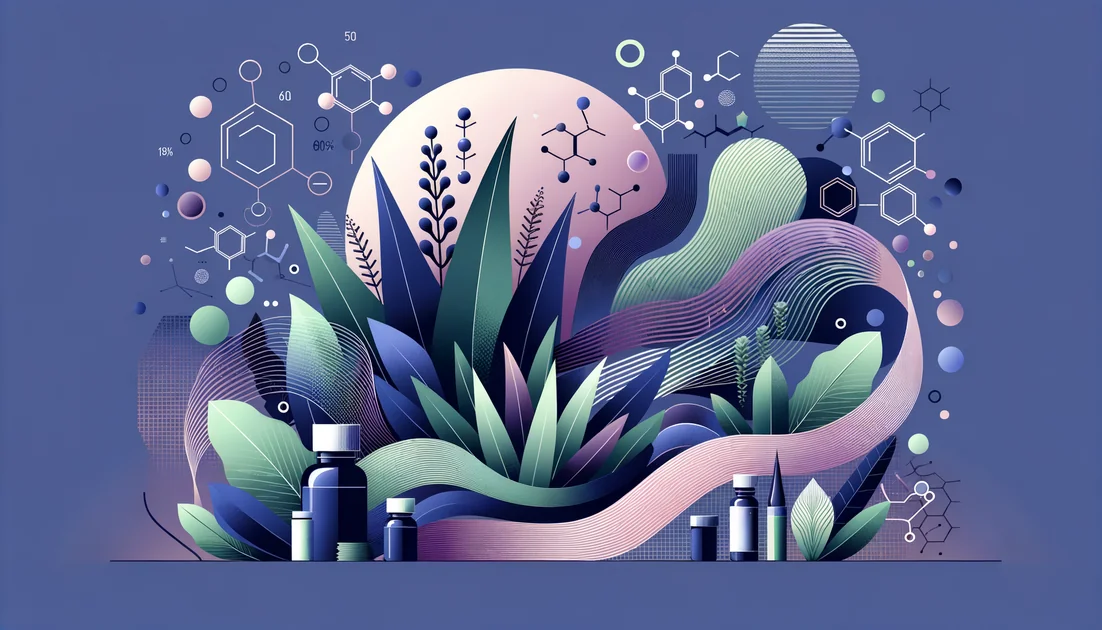
Aloe Vera
The Leaf That Heals—and Warns: Aloe Vera's Journey from Temple Walls to Clinical Trials
Faster healing for burns and sunburn, cooling relief, and healthier gums without staining
A single green spear sits on your kitchen counter—cooling gel inside, cautionary stories outside. How did one leaf become both a sunburn staple and the subject of cancer warnings?
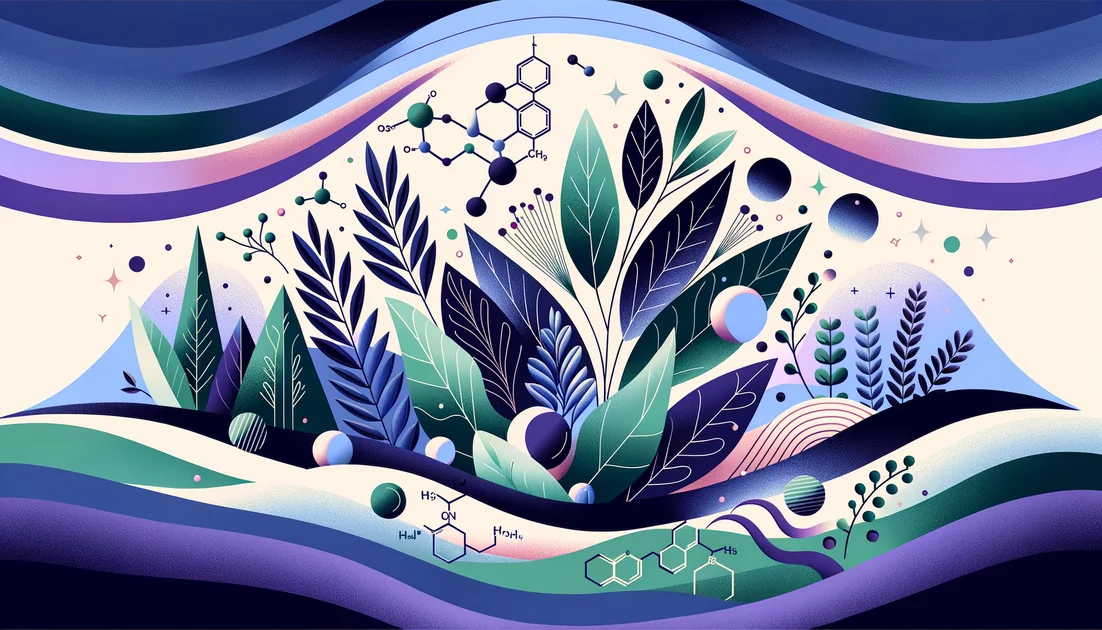
Alpha-Lipoic Acid (ALA)
From Liver Scraps to Nerve Endings: The Surprising, Complicated Journey of Alpha-Lipoic Acid
Nerve pain relief for diabetic neuropathy, antioxidant protection, and support for glucose handling
A molecule once scraped from mountains of animal liver now sits in a small amber bottle on your counter. It's hailed as a "universal antioxidant," studied in diabetics' nerves, and even trialed in multiple sclerosis. And yet, in a twist worthy of a detective novel, this antioxidant has, on rare occasions, triggered dangerous bouts of hypoglycemia. What is alpha-lipoic acid really good for—and where does the evidence draw the line?

Andrographis paniculata (King of Bitters)
The Bitter Ally: How Andrographis Earned a Place on Winter's Frontlines
Relief of cold/upper-respiratory symptoms and possibly shorter illness when started early; exploratory roles in mild COVID-19 and gut inflammation.
A century ago, a piercingly bitter herb quietly moved through clinics in India and China. Today, the same plant is under modern lights—randomized trials, meta-analyses, and even national programs—asking a simple question: does bitterness buy you better winters?
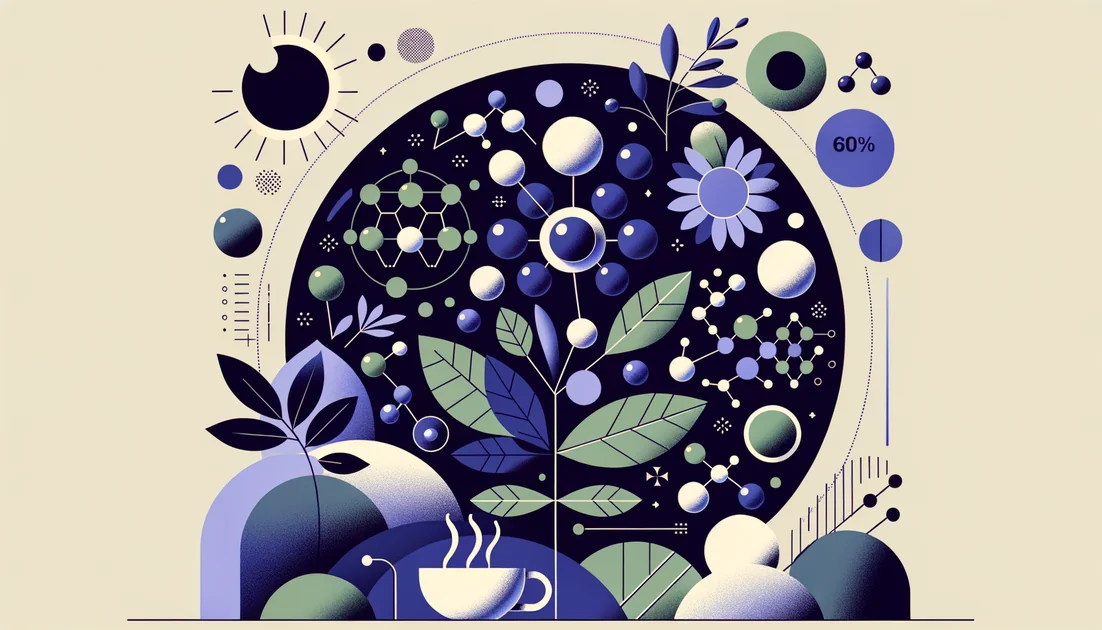
Apigenin
From Teacup to Mitochondria: How Apigenin Quietly Links Bedtime Calm to Cellular Energy
Gentle calming for anxiety and pre-sleep ease without drowsiness or heavy sedation
You wrap your hands around a warm cup of chamomile. Steam rises, the day settles—and somewhere between your eyelids and your cells, a small plant molecule begins two very different conversations: one with the brain's calming brakes, another with the cell's energy meters.

Apple Cider Vinegar (ACV)
The Sour Shortcut: How a Kitchen Acid Tames Sugar—and When It Bites Back
Gentler post-meal glucose rises, better insulin sensitivity, and metabolic support with meals
A thousand years ago, physicians mixed honey and vinegar into a syrup called oxymel. Today, you drizzle a tangy vinaigrette and watch your glucose monitor calm down. How did this kitchen acid earn a place in both folk medicine and modern metabolic science? [1]

Ashwagandha (Withania somnifera)
Smell of a Horse, Calm in a Storm: Ashwagandha's ancient promise meets modern stress
Deeper sleep, steadier stress response, and sustained energy without stimulation
The first surprise is in the name. Ashwagandha literally means "smell of a horse," a nod to roots said to carry the animal's odor—and, in Ayurveda, its vigor. Yet this earthy plant is most famous today for something quieter: helping people sleep, steady their nerves, and endure daily stress. How did a herb named for horsepower become shorthand for calm? [1]
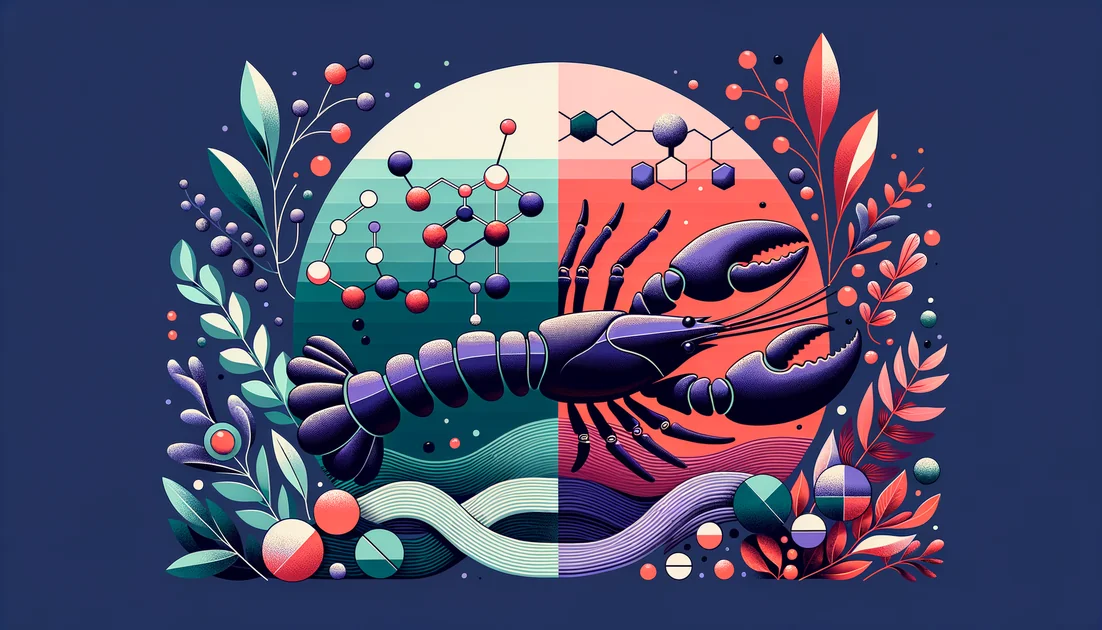
Astaxanthin
From Blue Lobsters to Sun-Safer Skin: How a Sea Pigment Became a Modern Health Tool
Better skin protection from sun damage, reduced eye strain from screens, and improved skin hydration
A lobster drops into a pot and, in seconds, its shell flashes from blue-green to fire-red. That dramatic color flip is your first glimpse of astaxanthin—the same pigment now showing up in capsules that promise calmer skin under summer sun and steadier eyes after hours of screen glare.

Astragalus (Astragalus membranaceus; Huangqi)
Yellow Leader, Quiet Revolutions: How Astragalus Stepped From Kitchen Broth Into Modern Clinics
Kidney function support in diabetes, cancer-related fatigue relief, and gentle immune system support
On a winter stove, a pale-yellow root simmers in soup. In hospital labs, the same plant is weighed to the gram for a year-long kidney trial. How did Huangqi—"Yellow Leader"—travel from family pots to randomized studies?
Showing 9 of 152 narrative articles

